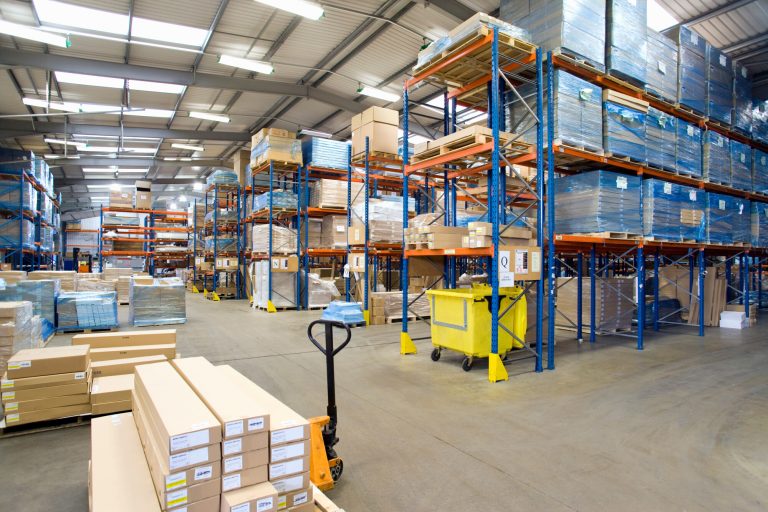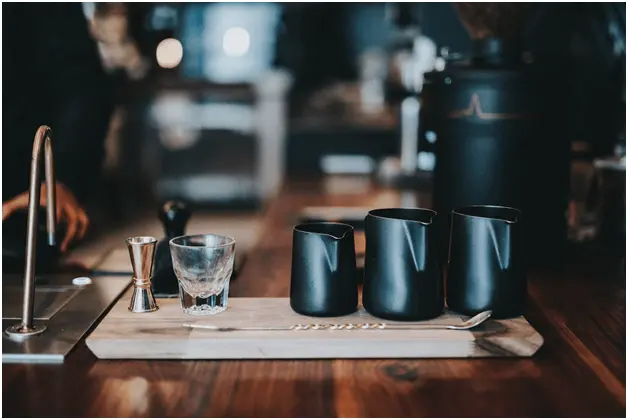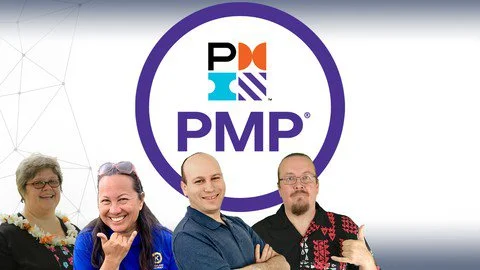Considerations To Make Before Opening a Ghost Kitchen

Ghost kitchens are a great way for restaurants to cut costs and focus on the food without worrying about real estate. But there are a few important considerations to make before you open one.
For example, you need a location that is close to potential customers. You also need to optimize your food quality and delivery times.
Table of Contents
Space
There are several factors to consider when opening a ghost kitchen, but the most important consideration is the right location. The ideal ghost kitchen design is located in a high-volume delivery area so that it can fill orders quickly and easily.
Another important factor to consider when choosing a location is the restaurant’s availability and hours of operation. Some restaurants operate only during the day, while others offer breakfast and lunch options. It is also a good idea to look at the surrounding businesses that are available for customers who might want to pick up their order in person.
In addition, it is critical to find a kitchen space that is large enough to accommodate both food preparation and delivery service. This allows the restaurant to maintain a steady stream of revenue and increase its profit margins.
Some ghost kitchens use shared commissary kitchen space to prepare and store their food, while others rent commercial kitchen spaces from restaurants or other businesses. Some owners even partner with other ghost kitchens to use their shared space.
The kitchen space used for a ghost kitchen must meet all health codes and standards that apply to traditional restaurants. It should also include a kitchen ventilation system that is designed to prevent the spread of harmful bacteria.
Additionally, it is essential that the landlord agrees to lease the kitchen space for a longer term than a traditional dine-in restaurant. This allows the restaurant to grow and expand its operations without paying additional rent on unused square footage.
Before negotiating the lease, it is important for the tenant to carefully review the terms and corresponding business plans. It is especially important to review the lease’s language regarding subleasing, as it can affect the ability of a ghost kitchen to remain in business.
If the tenant has any concerns about obtaining a lease, they should seek legal counsel immediately. A restaurant leasing attorney can assist them in determining whether or not their lease is appropriate for the ghost kitchen they intend to lease. They can also help them understand the risks associated with the operation and recommend ways to mitigate these risks.
Equipment
When considering opening a ghost kitchen, it’s important to consider all the equipment you need to run your business effectively. This includes everything from a point of sale (POS) system to a delivery platform, among other things. You’ll also need to consider how you plan to deliver your food and what type of kitchen space you’ll need.
When choosing the types of equipment you’ll need to open your ghost kitchen, it’s crucial to choose high-quality products that will stand up to your business’s demands. You’ll want to select commercial kitchen equipment that is safe for use in the kitchen and will provide maximum efficiency to your staff.
You’ll also need to consider the storage space that you’ll need for your food. Choosing a place that will accommodate your equipment and allow for adequate ventilation is important. It’s also important to choose a place that offers various storage options so you can easily store your food and supplies.
Once you’ve made the decision to open a ghost kitchen, it’s important that you research and understand the laws that apply to your particular city and state. This will help you avoid any fines or fees you may face.
In addition, you’ll want to find out what types of permits and licenses your town or city requires for this type of business. These can be tricky to obtain, so be sure you know what they entail before committing to the project.
Your menu will be a critical part of your ghost kitchen’s success. You’ll need to create a diverse selection of foods that appeal to your local audience and are easy to transport in to-go packaging.
The initial menu should be limited to allow you to test different options and determine which resonate best with your customers. Additionally, you should make sure that your menu isn’t too pricey or complicated for your audience.
Lastly, you should be careful to hire employees that are committed to the ghost kitchen concept and operating model. This will help you run your business more efficiently, and it’ll allow you to maintain employee retention.
Menu
Ghost kitchens are a delivery-only restaurant concept that is quickly becoming popular. They’re a great way to experiment with new food and menu concepts while expanding your restaurant’s reach.
Ghost kitchen menus aren’t just about what you serve – they’re also about how you sell it and how to make your business as successful as possible. It’s no secret that the food industry is ever-changing, so your menu must be current.
For a ghost kitchen, this means offering a variety of dishes that fit your brand’s culinary interests and specialty. For example, you might offer a Mexican street food-style menu or an Italian menu with tomatoes, peppers, and basil.
The key is to find dishes that are easy to prep and cook in a ghost kitchen space. Dishes that aren’t too complex to assemble will help you produce large amounts of food at scale and speed.
Beverage options are another key consideration when it comes to a ghost kitchen menu. House-made beverages are a great choice, but standard sodas and juices can work as well.
If you’re unsure about your beverage choices, consider partnering with distributors to get the best prices on bulk orders. This can save you money and increase your profitability.
You can also add a wide range of other add-ons to your ghost kitchen menu, such as fresh fruit, savory sides, and desserts. This can be an excellent way to encourage customers to order multiple items and maximize their meals.
Creating an appealing and exciting ghost kitchen menu is important to any successful restaurant. It needs to stand out in a sea of competitors and appeal to the type of consumer that’s most likely to order online from you.
The best ghost kitchen menus are the ones that fit your brand’s culinary interests and specialize in your ghost kitchen’s specialty. These can include a few simple but delicious dishes and several add-ons that are a reflection of your culinary style.
Staff
Ghost kitchens are ideal for restaurants that want to adapt to shifting trends, create a new revenue stream and expand their delivery range. Moreover, they provide flexibility without the cost and risk associated with opening a physical restaurant location.
Many ghost kitchens focus on delivering to customers via third-party apps such as ChowNow, Uber Eats, Grubhub, and Postmates. These platforms allow customers to place orders and pay with credit cards or bank transfers. However, these platforms also have a high commission rate and limit your control of the customer experience.
This means it is important to have a strong marketing strategy before opening your ghost kitchen. This includes building a company website and social media presence, creating an online menu, and using user-generated content to market your brand.
Similarly, hiring enough cooks and workers to prepare and pack food is imperative. Having enough staff on hand to meet demand will ensure that your ghost kitchen can deliver quality meals on time.
Another key consideration is choosing a delivery method that best suits your restaurant’s needs and budget. This can include in-house delivery, a partnership with third-party delivery apps, or a combination of both. While both options have pros and cons, it is essential to consider the total cost of delivery to ensure that your ghost kitchen will make a profit.
Before opening your ghost kitchen, check with your local government to determine the licenses and permits required for a new business. The exact requirements will vary from state to state, but typically you will need a business license, Employer identification number, and sales tax certificate.
Finally, a food handler’s certification and a food manager’s license are also necessary for most states. These permits are generally valid for one year and require renewal.
With a little preparation, ghost kitchens can be a great way to adapt to changing trends and build your business. With the right planning, you can open a ghost kitchen that will improve your margins, increase your delivery range and boost your overall customer experience.






